Roman ruins are a fascinating part of European history. The Roman Empire was expansive and ruled over a large portion of modern day Europe for over a thousand years during roman period.
In Portugal, there are a number of these historical sites sprinkled throughout the country, which were built during the Roman era. Below are some of the most intriguing and memorable Roman settlements or Roman towns. You can find many Portugal group tours that will take you to these incredible sites. Here are the top Roman ruins of Portugal built during Roman occupation!
(300 A.D.-399 A.D.; Vidigueira)
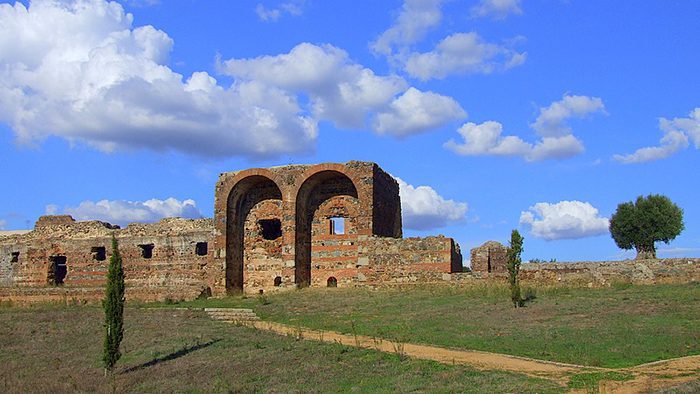
Sometimes referred as Villa Aulica, Sao Cucufate is believed to have been a farmhouse. The ruins are well-preserved and detailed. The grounds also house cold and hot baths. To gain entry, kindly proceed to the ticket office to purchase your tickets beforehand.
(100 A.D.-199 A.D.; Évora)
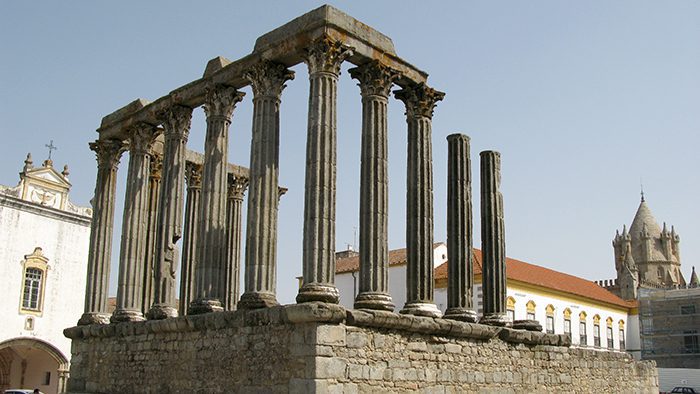
It is evident that the Roman Temple of Évora was once an impressionable Roman monument. However, it is unclear who the benefactor was. It has been attributed to the Roman Goddess Diana, the Emperor Augustus, and to the Roman God Jupiter.
Check out Top 10 Things to See and Do in Evora
(0 A.D.-99 A.D.; Santiago do Cacem)
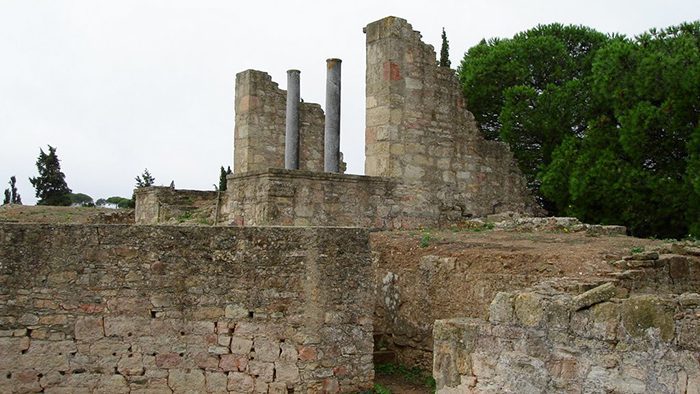
Mirobriga is the site of some of the oldest and most significant Roman ruins portugal in the country. Once a bustling Roman city, it is now famous for its large size and well-preserved sites, including the country’s only Hippodrome, the site of the notoriously brutal chariot races.
(100 B.C. to 1 B.C.; Condeixa a Nova)
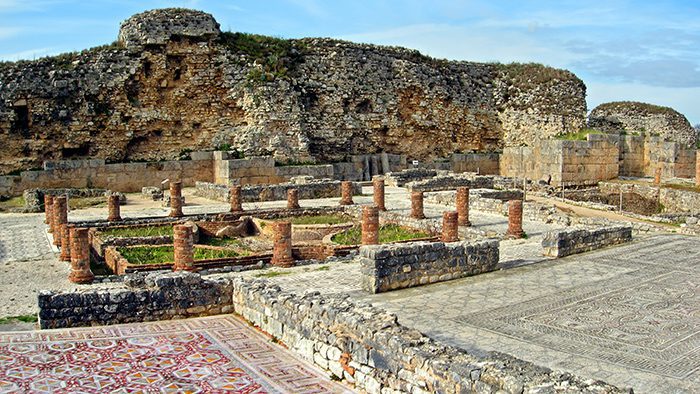
Despite dating from the Iron Age, Conimbriga is arguably the best preserved Roman site in Portugal. Excavations are still taking place to this day. Highlights include houses, public buildings, and many walls and roman road. Additionally, the public baths still retain some of their original splendor through their preserved mosaics and heating system.
(0 A.D.-99 A.D.; Sol Troia)
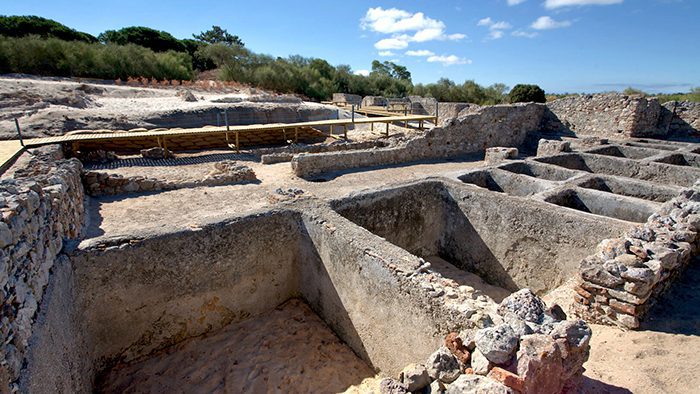
Known for its fishing industry, visitors can now rediscover the salt-fishing complex. Additional sites include Roman baths, the residential area, and an ancient mausoleum and cemetery. Those interested in participating in a guided tour will also get to explore the early Christian basilica.
(0 A.D.-99 A.D.; Lisbon)
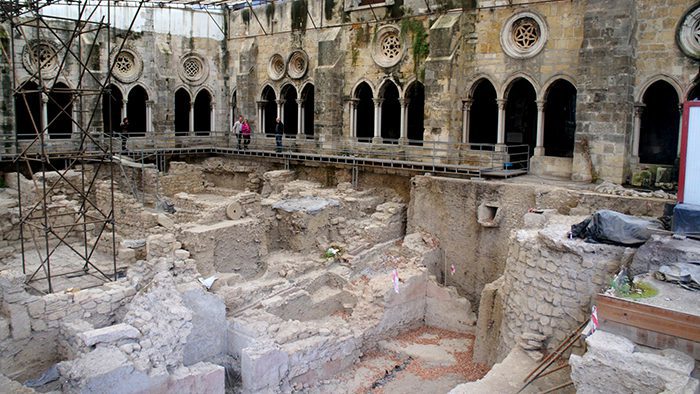
The Lisbon Roman Theater Museum is actually a modern construction that houses ruins of the original construction as well as findings from the excavations. During its heyday, the original could house as many as 5000 spectators.
(Braga)
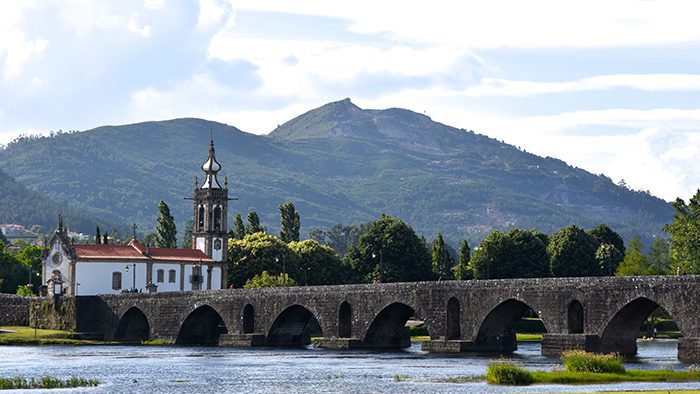
Ponte de Lima, ponte meaning bridge, crosses the River Lima. It is in excellent condition, though this is mostly due to the fact that much of it was reconstructed in the 14th century.
Check out What to See and Do in Braga
(14th century; Évora)
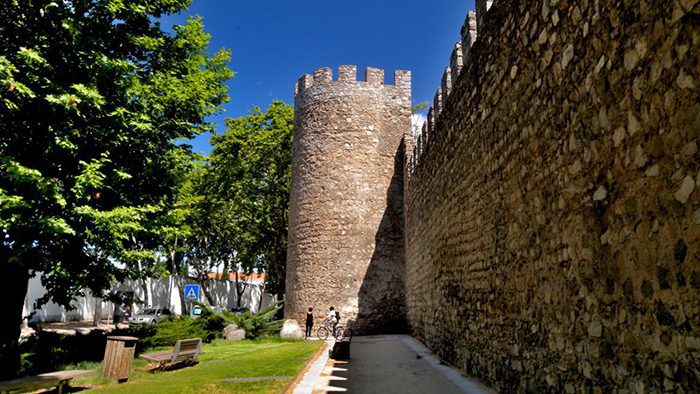
The ancient walls of Évora surround the entirety of what is now the museum-city. They are amongst the best preserved in Portugal, and were my favorite feature of the site.
Have you visited any of these Roman Ruins in Portugal? Leave us a question or comment below!
Counter
101 Countries • 1432 Cities